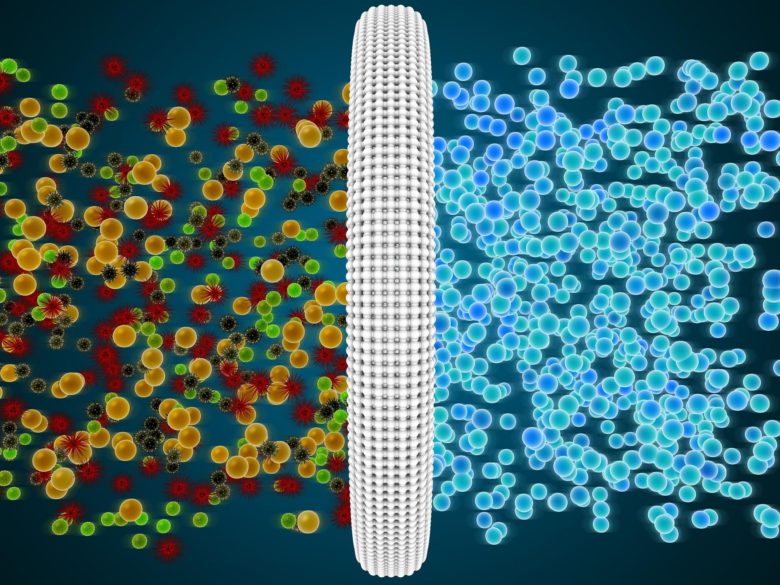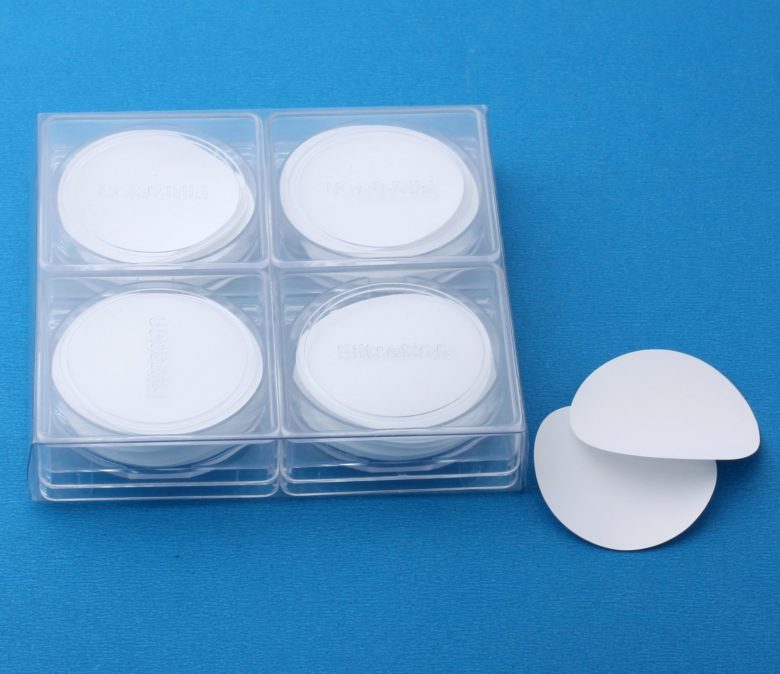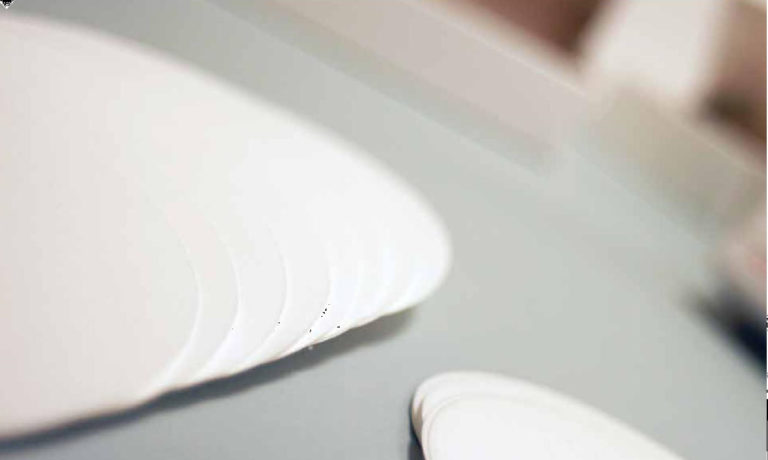In some cases, we need to separate some particles of the water so that they don’t get contaminated. This is called membrane filtration.
Membrane filtration works by keeping out saltwater particles so that they don’t mix with fresh water. There are a couple of processes that work on this principle. Those are the processes of reverse osmosis, ultrafiltration, and nanofiltration. Each and every one of these processes uses a membrane filter and we’re going to talk about everything there is to membrane filtration.
What is Membrane Filtration?

We mentioned the three processes that use membranes as a configuration of filtration. Each method of filtration approaches the issue differently and each method operates differently.
In the case of reverse osmosis, the membrane filter is being pressured so that water molecules don’t pass through. All the compounds that we don’t want to get flushed out in the drain. So the membrane filter separates the particles that we don’t want in the water into two different pathways.
Opposite to reverse osmosis, ultrafiltration approaches the issue differently. In ultrafiltration, the membrane filter doesn’t separate the unwanted particles with the water, instead, the filter is made so small that any particle smaller than 0.025 microns won’t pass through it. This form of membrane filtration is commonly used in households, and it is a very effective way of filtering unwanted particles.
In nanofiltration, the approach is quite similar to reverse osmosis. But the process is different since the membrane doesn’t work the same. Furthermore, this process of filtration isn’t as good as reverse osmosis or ultrafiltration, and it is the least commonly used method of filtration.
What Is a Membrane Filter Made of?
These membranes can be made from various materials that differentiate from each other. The materials used for the creation of the membrane are different with each approach. For example, in reverse osmosis, the membrane is very thin and made from cellulose triacetate, more commonly known in the industry as CTA. However, these are no longer valid or sold on the market, since they were less tolerant of pH and had a very little water-per-square inch.
The newer version of membranes in reverse osmosis allows much more water-per-square inch, making it possible for household usage. This revolutionized membrane filtration and all three methods are based on the same materials but made with a different formula. Some of the best of the kind are Advantec Polycarbonate Filters which you can find at DSCBalances.com
How to Clean Your Membrane Filter?

Hand cleaning isn’t necessary for membrane filters in residential homes or industry complexes. These filters can easily be cleaned through the use of chemicals that dissolve the particles stuck in the membrane. Yes, the membrane needs cleaning since these particles are clogging it. However, there is a more cost-effective approach to fixing your clogged membrane problems. And we’re going to discuss it next.
Replacing Your Membrane Filter
A better way of solving your problems is to replace the membrane filter, instead of cleaning it. Based on research, your membrane filter clogs up every two to three years, so replacing it should be done in that time frame. Some approaches, like ultrafiltration, require replacing of your membrane filter every year. As opposed, reverse osmosis requires every two to three years, and that goes the same for nanofiltration.

